黒川 雅之/Kurokawa Masayuki
黒川雅之(1937~)は、国際的に活躍している日本の建築家、プロダクトデザイナーです。製品、家具、インテリアから、建築、都市設計まで、建築デザインとプロダクトデザインの領域を自在に行き来し総合的なアプローチを図る、日本においては稀有と言えるスタイルを確立しています。
愛知県名古屋市に生まれた黒川は、1961年に名古屋工業大学建築学科を卒業後、1967年に早稲田大学大学院理工学研究科建築工学の博士課程を修了すると、同年には黒川雅之建築設計事務所(現・株式会社K&K)を立ち上げました。独立してすぐの1970年代前半には、カプセル住宅やアルミシャフト住宅といった、プロダクトデザインと建築の手法を組み合わせたプレハブ式の住宅を手がけ、量産住宅コンペで金賞を獲得するなどその頭角を現すようになります。
プロダクトデザインにおいては、主に工業製品に使われることの多かった黒いゴムを採用し、ニューヨーク近代美術館(MoMA)の永久コレクションにも選定された「GOM」シリーズ(1973~1983)が代表作の一つです。柔らかく、光を反射しないマットな質感とシンプルな造形によって、ステーショナリーやテーブルウェア、ドアノブ、アクセサリー、照明器具など幅広い製品が開発されています。ゴム以外にも、ステンレスや木材、鉄、ガラス、漆など多種多様な素材を用い、それぞれの特色を最大限に活かしたデザインを考案しています。これを可能にしているのは、たとえば鉄とガラスであれば大地のなかで生まれ落ちたときの原初の姿に思いを馳せるように、素材が内包する物語を汲みとる研ぎ澄まされた感性です。一定量の生産が前提とされた工業製品としての品質と完成度を高めつつ、独自の使い心地と佇まいが創出されている点には、いわゆるデザインとアートの両立という枠組みでは収まらないアプローチを見出すことができるでしょう。
扱う素材も手がける作品も幅広い黒川の創作には、デザインは詩であり、モノや建築を通して自分の思想や感動を表現することであるとする独自の哲学が貫かれています。また、明治以降浸透してきた西洋的な価値観や近代化に疑問を呈し、自らと向き合うなかで再発見した日本の美意識が現代の問題に対峙していく際のヒントとなるのではないかという考察も、黒川の芸術観を考えるうえで重要です。黒川の著書『八つの日本の美意識』(講談社、2006年)において、その美意識は「気」や「間」といった八つの概念でまとめられていますが、2004年に黒川が出版した『デザイン曼荼羅 50 keywords』(求龍堂)で選出されたデザインの深層に関わる50のキーワードのなかには、すでに上記の概念が一部含まれています。
このように、自身の仕事を論理的に解剖し、より良い社会に還元していこうとする黒川の活動は創作にとどまりません。道具や家具や建築を一つの概念として考え、人間と環境の関係を捉え直す「物学研究会」、デザイナーの創作活動を支援するウェブサイト「デザイントープ」の運営なども精力的に行う彼にとって、この世のあらゆる事象は境目なく、有機的につながりあっているのです。
Masayuki Kurokawa (born 1937) is an internationally renowned Japanese architect and product designer. He has established a style that is rare in Japan: a comprehensive approach that seamlessly bridges architectural and product design, encompassing everything from small objects, furniture, and interiors to large-scale architecture and urban planning.
Born in Nagoya City, Aichi Prefecture, Kurokawa earned his degree from the Department of Architecture at Nagoya Institute of Technology in 1961. After completing his doctoral studies in Architectural Engineering at Waseda University’s Graduate School in 1967, he immediately founded Kurokawa Masayuki Architects & Associates (now K&K Co., Ltd.). Soon after establishing his independent practice in the early 1970s, he rose to prominence by designing prefabricated housing that skillfully merged product and architectural techniques, such as the Capsule House and the Aluminium Shaft House. This work earned him the gold prize in a mass-produced housing competition.
In product design, his signature achievement is the “GOM” series (1973-1983). This collection notably utilized black rubber—a material traditionally confined to industrial goods—and was selected for the permanent collection of the Museum of Modern Art (MoMA) in New York. Its simple forms and soft, non-reflective matte texture inspired a broad range of items, including stationery, tableware, door knobs, accessories, and lighting fixtures. Beyond rubber, Kurokawa utilizes diverse materials—such as stainless steel, wood, iron, glass, and lacquer—to create designs that maximize their inherent qualities. This mastery stems from a profound philosophical engagement with materials: he contemplates their “primordial state”, seeing the history and potential within iron and glass as they emerge from the earth. By enhancing the finish expected of mass-produced goods, Kurokawa instills unique tactile experiences and an aesthetic presence that effectively bridges the conventional divide between design and art.
Kurokawa’s extensive creative output is unified by a unique philosophy: design is poetry—the expression of his own thoughts and emotions through objects and architecture. Central to his artistic vision is his belief that the Japanese aesthetic sensibility—rediscovered through self-reflection and a critique of the Western values and modernization that swept Japan after the Meiji era—may hold keys to confronting contemporary global issues. In his book, Eight Japanese Aesthetic Concepts (Kodansha, 2006), he summarizes this sensibility through eight core ideas, including “ki” (energy) and “ma” (space). Notably, some of these concepts were already present as 50 keywords selected for exploring the depths of design in his earlier 2004 publication, Design Mandala: 50 Keywords (Kyuryudo).
Ultimately, Kurokawa’s work goes beyond mere creative production; he meticulously analyzes his designs and philosophy to contribute to a better society. He actively pursues initiatives like the “Objectology Research Group”, which views tools, furniture, and architecture as a single, holistic concept to re-examine the relationship between humans and their environment. He also manages the “Design Top” website to support the creative activities of other designers. For Kurokawa, all phenomena in the world are organically interconnected and without boundaries.

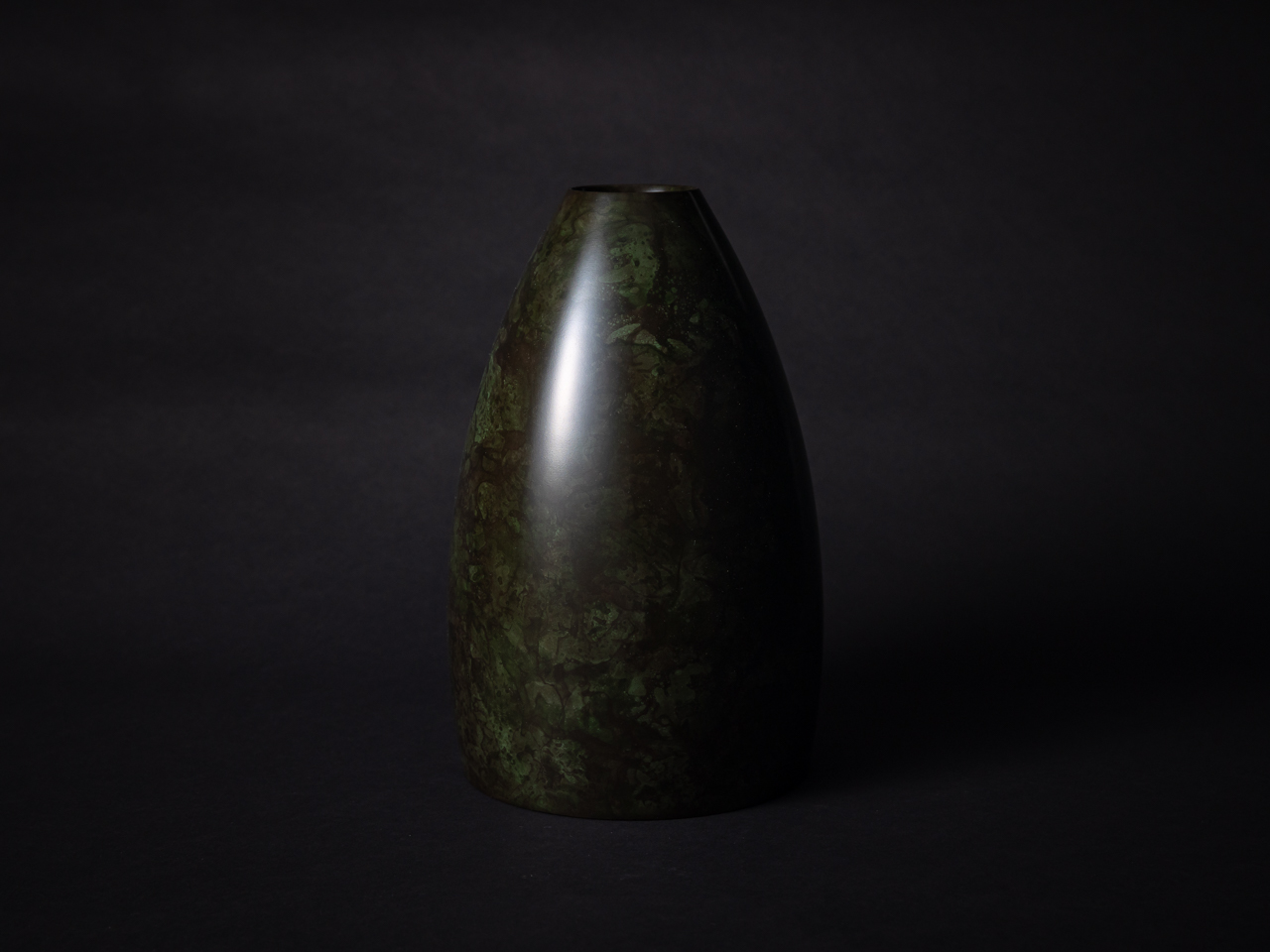
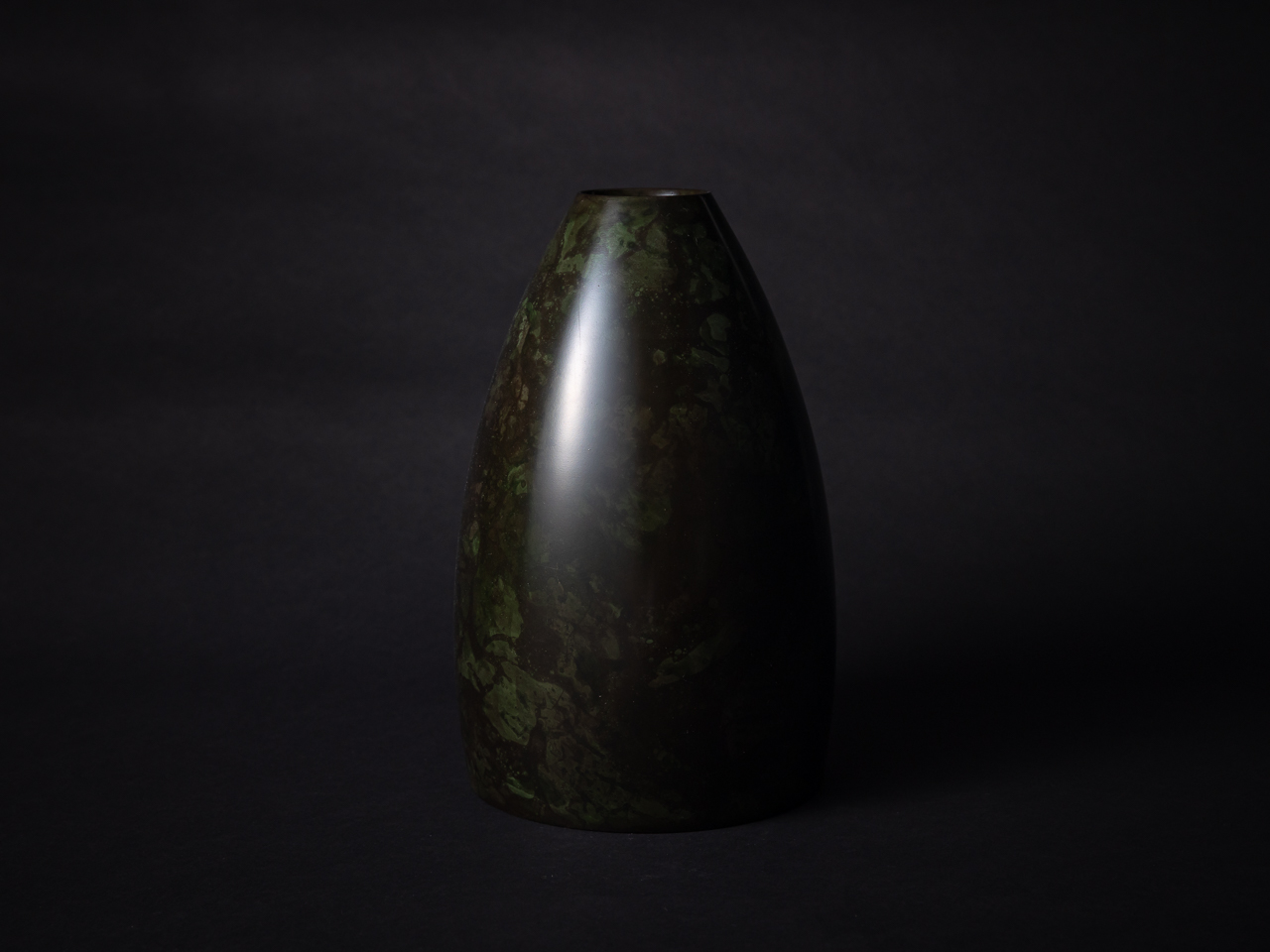
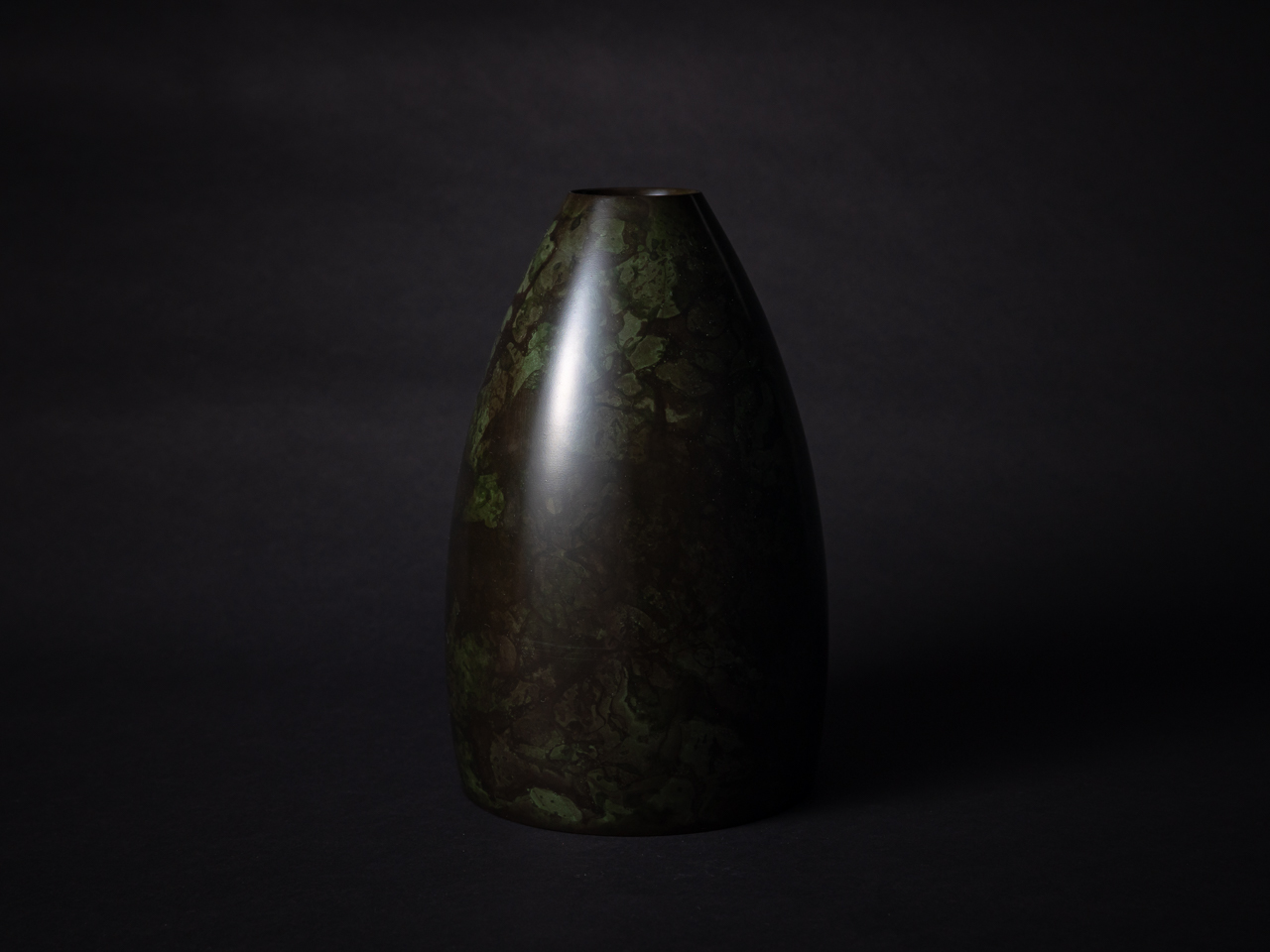
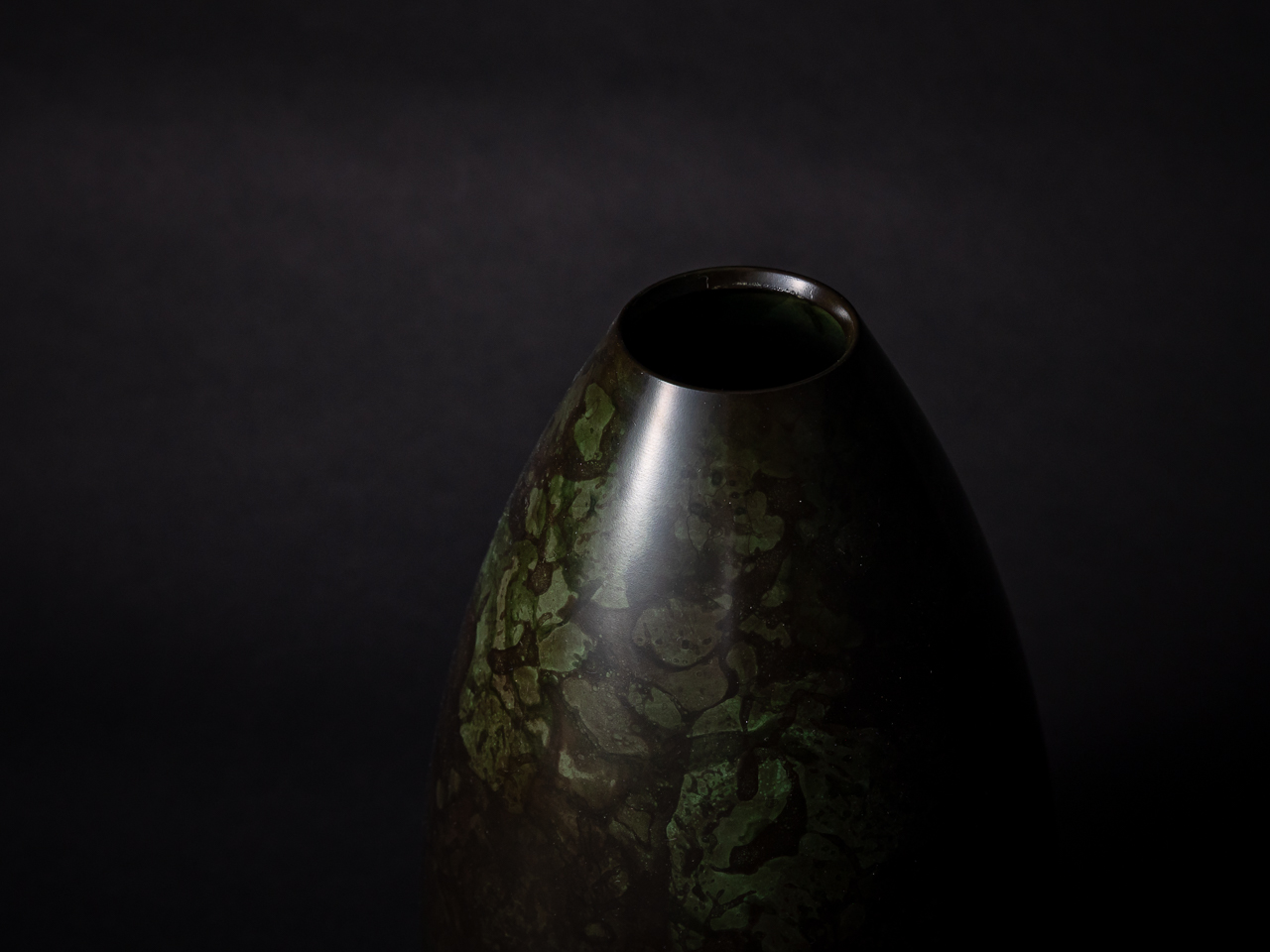
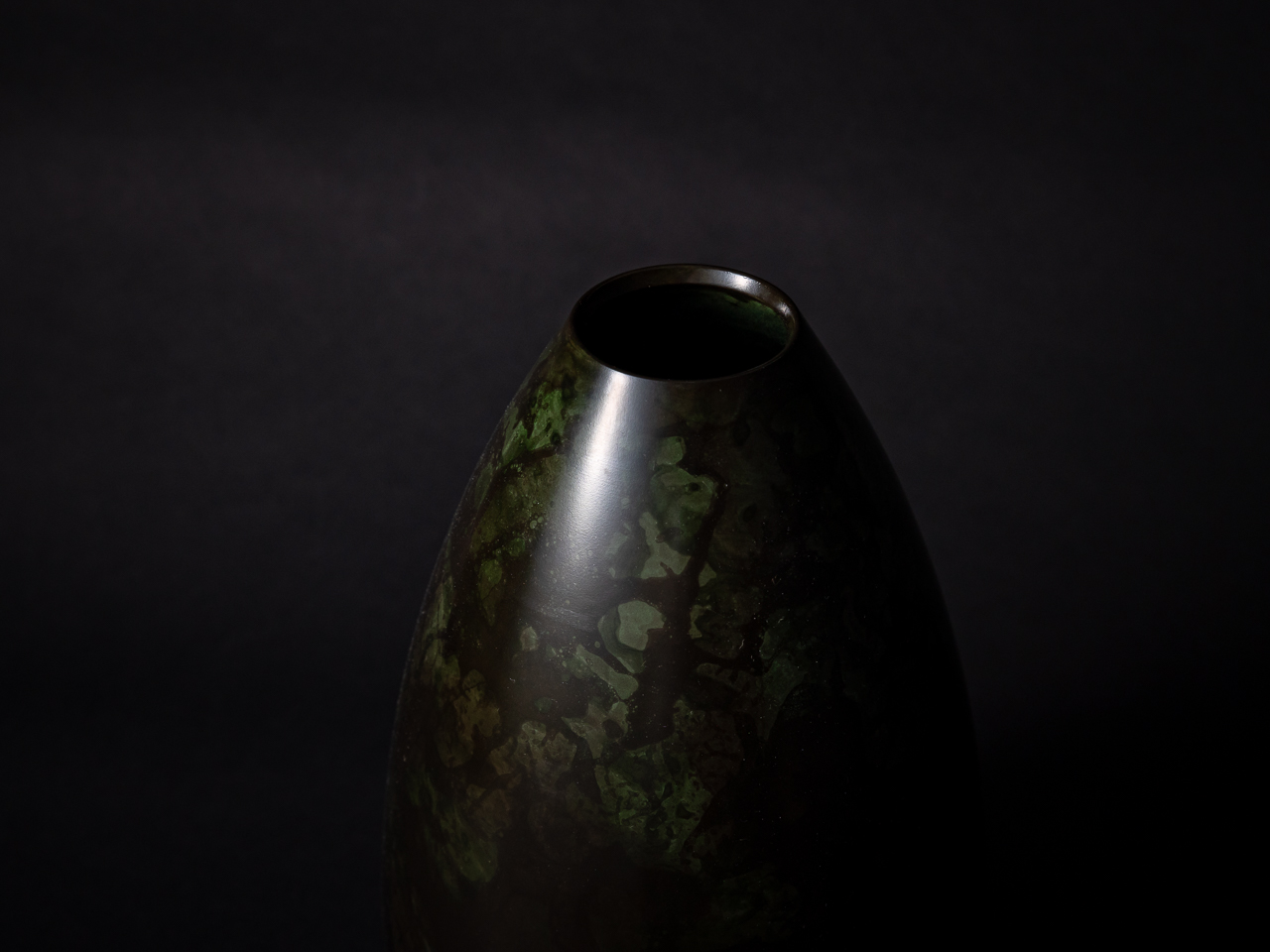
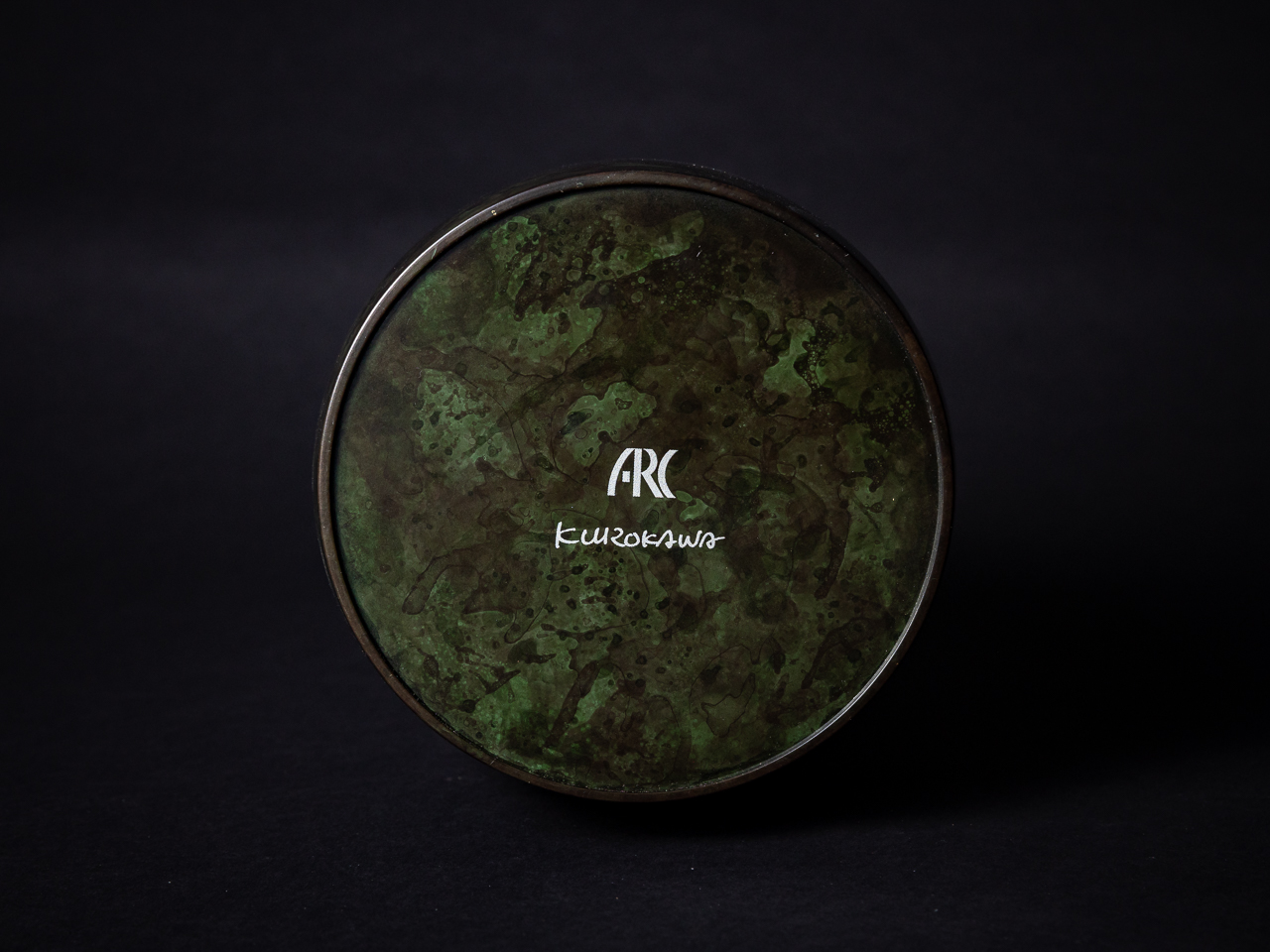
作品名:花器
サイズ:H24×D13cm(ブロンズ)
価格:35,000円
価格は税抜き表示です

